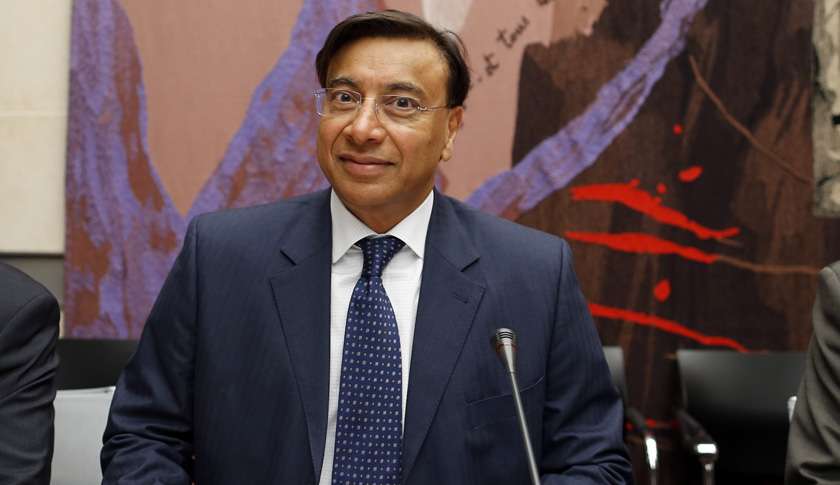India’s education technology (edtech) sector has experienced remarkable growth in recent years, with several companies competing for a share of the burgeoning market. Byju’s, a prominent player in the industry, has been lauded as a unicorn and a success story. However, recent developments have placed Byju’s in a precarious position, raising questions about the future of the company and the overall state of India’s edtech sector. This article explores the implications of Byju’s precarious position and its potential impact on the broader edtech landscape in India.
1. The Rise and Dominance of Byju’s
1.1 Byju’s growth trajectory
Byju has witnessed phenomenal growth since its inception, transforming from a small startup to one of India’s most valued edtech companies. Its engaging learning app, personalised approach, and strategic marketing campaigns significantly attracted millions of students to its platform.
1.2 Expansion into international markets:
To sustain its growth, Byju’s expanded beyond India’s borders, targeting international markets such as the United States, the United Kingdom, and the Middle East. This move aimed to tap into the global demand for digital education solutions and establish Byju as a global edtech leader.
1.3 Strategic Acquisitions and Partnerships:
Byju’s pursued an aggressive acquisition strategy, acquiring prominent edtech companies to diversify its offerings and expand its user base. Additionally, strategic partnerships with educational institutions and government bodies helped solidify its market position and enhance its credibility.
2. Challenges Faced by Byju’s
2.1 Intense Competition Within the Edtech Sector:
In India, the edtech industry has grown very competitive, with multiple businesses fighting for market dominance. Byju confronts severe competition from established corporations and young startups, putting additional pressure on the company to distinguish its goods and maintain its competitive edge.
2.2 Regulatory Hurdles and Changing Policies:
The regulatory environment for edtech enterprises in India is continuously changing. Recent regulatory developments, such as data privacy legislation and limits on foreign investment, have caused compliance and operational efficiency issues for Byju and other companies.
2.3 Evolving customer preferences and needs:
As the edtech sector expands, student preferences and needs are also evolving. The demand for more interactive and experiential learning experiences, gamified content, and skill-based courses has grown. Byju must adapt its offerings to cater to these changing preferences to stay relevant and retain its user base.
2.4 Financial Concerns and Profitability Pressures:
While Byju has enjoyed substantial funding and investor support, the company’s financial sustainability and profitability have been scrutinised. As the market becomes saturated and customer acquisition costs rise, Byju must demonstrate sustainable revenue generation and cost-effective operations to maintain investor confidence.
3. Implications for India’s EdTech Sector
3.1 Competitive Landscape Reshaping:
Byju’s struggles and potential setbacks could reshape the competitive landscape of the edtech sector in India. It may encourage smaller players to focus on niche markets and innovative solutions, paving the way for increased competition and diversity within the industry.
3.2 Regulatory Scrutiny and Policy Changes:
Byju’s challenges may prompt regulators to scrutinise the edtech sector more closely, leading to potential policy changes to address concerns related to data privacy, quality standards, and equitable access to education. This regulatory environment will impact the entire industry, forcing companies to adapt their operations and comply with new regulations.
3.3 Investor SentSentiment Funding Dynamics:
Byju’s situation could influence investor sentiment and funding dynamics within the edtech sector. Investors may become more cautious and discerning in their investments, prioritising companies with proven business models, sustainable growth strategies, and a clear path to profitability.
3.4 Consumer Trust and Market Consolidation:
Byju’s struggles may affect consumer trust in the edtech sector. Students and parents may become more discerning in their choice of edtech platforms, favouring those with a track record of quality content, reliable customer support, and robust data privacy measures. This could lead to market consolidation, with stronger players acquiring or partnering with smaller ones.
4. The Future of India’s EdTech Sector
4.1 Diversification and Innovation as Key Drivers:
The Indian edtech market will likely see more variety and innovation as firms attempt to distinguish themselves and meet changing student demands. The emphasis will shift to utilising future technologies like artificial intelligence and virtual reality to provide immersive and customised learning experiences.
4.2 Emphasis on personalised learning and skill development:
Personalised learning and skill development will continue to be critical in India’s edtech industry. Companies must invest in adaptive learning technology and provide courses that correlate with industry expectations, preparing students for a rapidly changing employment market.
4.3 Collaboration between edtech players and traditional education institutions:
Collaboration between edtech firms and conventional educational institutions will become more critical. Such associations may combine the capabilities of both sectors, integrating technology-driven learning platforms with educational institutions’ knowledge and reputation.
4.4 Government initiatives and support for edtech startups:
The role of the government in assisting and promoting the edtech industry will be necessary. Policies that stimulate innovation offer infrastructural support, and encourage research and development can help startups expand and contribute to the sector’s overall development.
Conclusion
Byju’s precarious position serves as a wake-up call for the Indian edtech sector, highlighting the challenges and vulnerabilities even the most prominent players face. The intense competition, regulatory landscape, evolving customer preferences, and financial pressures have collectively contributed to Byju’s struggles. However, this situation also allows the sector to reassess its strategies, foster innovation, and collaborate to ensure sustainable growth. As India’s edtech industry evolves, balancing commercial viability, pedagogical effectiveness, and regulatory compliance will be crucial to foster a robust and inclusive education ecosystem.




